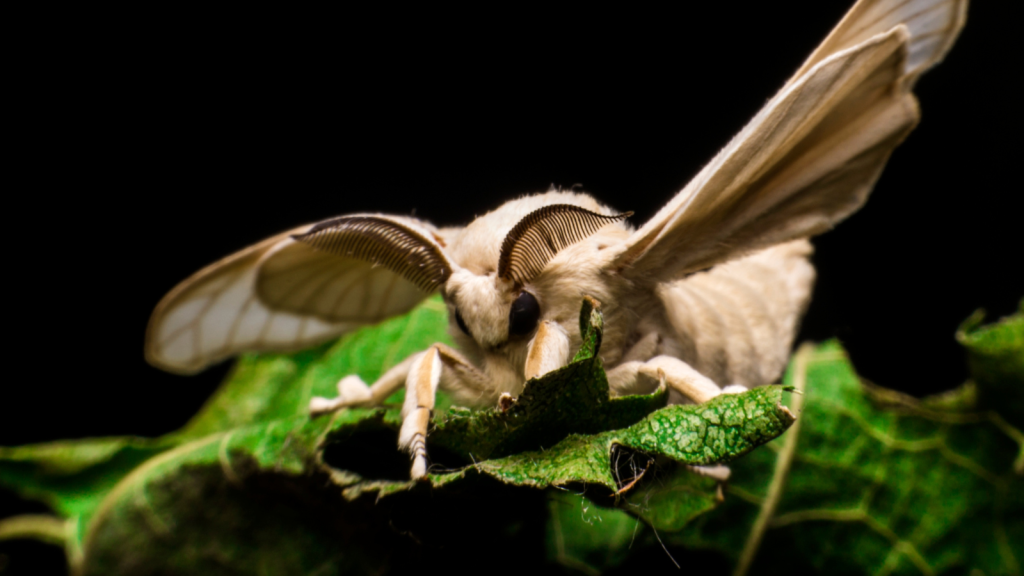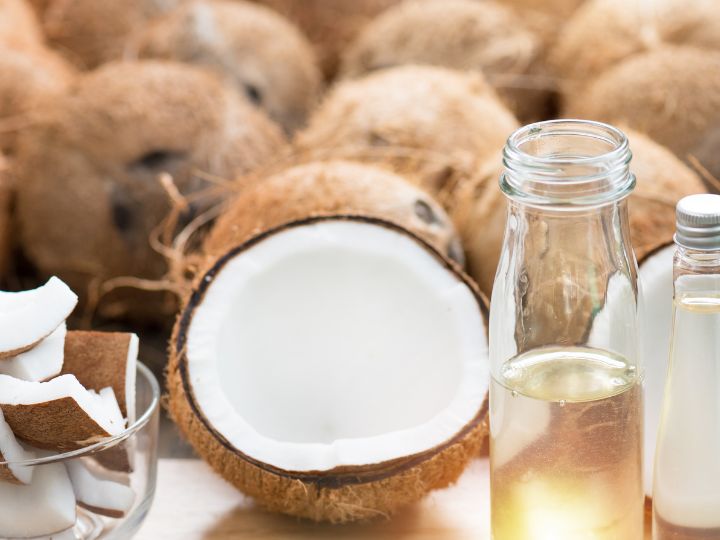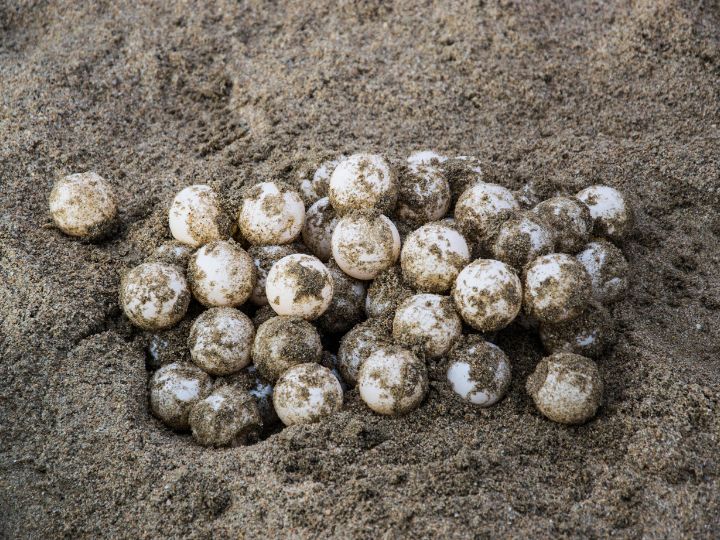Nature never ceases to amaze us with its incredible creations. Just when we think we’ve seen it all, another extraordinary creature pops up to remind us of the wonders that exist in our world. From the depths of the oceans to the heights of the mountains, our planet is teeming with life forms that seem too fantastical to be real. These animals challenge our imagination and make us question the limits of what’s possible in nature. Get ready to be astonished by these 16 bizarrely beautiful creatures that look like they’ve stepped right out of a fairy tale or a sci-fi novel.
Glass Frog
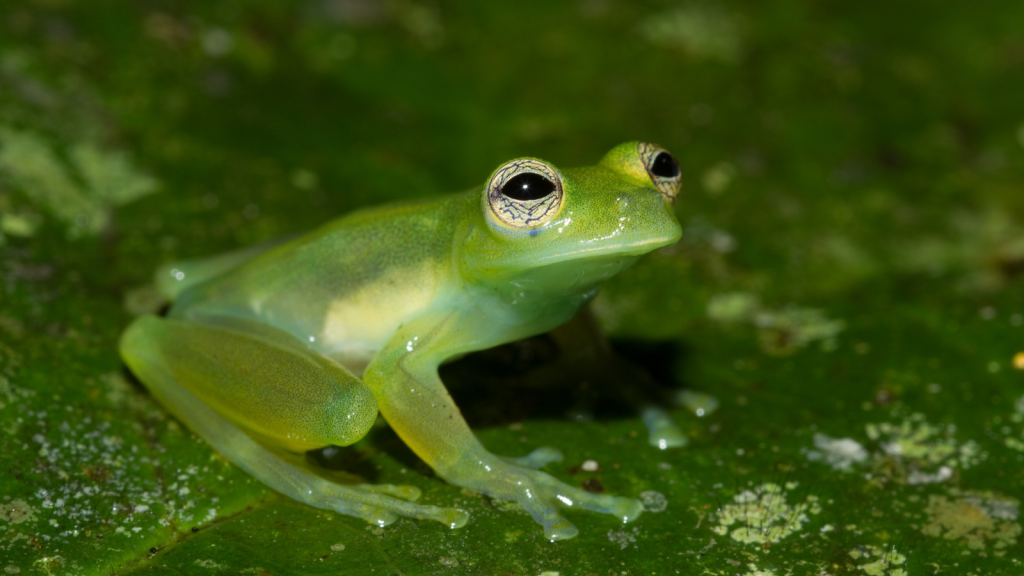
The glass frog is a marvel of transparency. Its skin is so clear that you can see its internal organs, including its beating heart. These tiny amphibians are found in the rainforests of Central and South America. Their unique appearance helps them blend in with leaves, making them nearly invisible to predators. Male glass frogs are known for their dedicated parenting, often staying with their eggs until they hatch to protect them from danger.
Leafy Sea Dragon
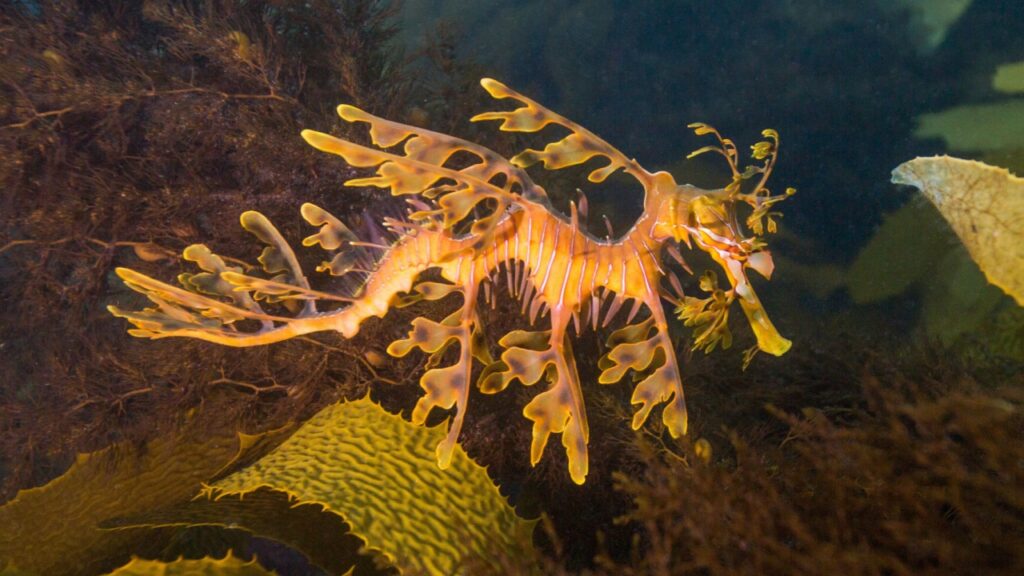
This underwater marvel looks like a piece of floating seaweed. The leafy sea dragon is covered in leaf-like appendages that help it camouflage among the kelp and seagrass beds of southern Australian waters. Despite its dragon-like appearance, it’s actually related to seahorses and pipefish. Like its seahorse cousins, it’s the male leafy sea dragon that carries and cares for the eggs until they hatch.
Axolotl
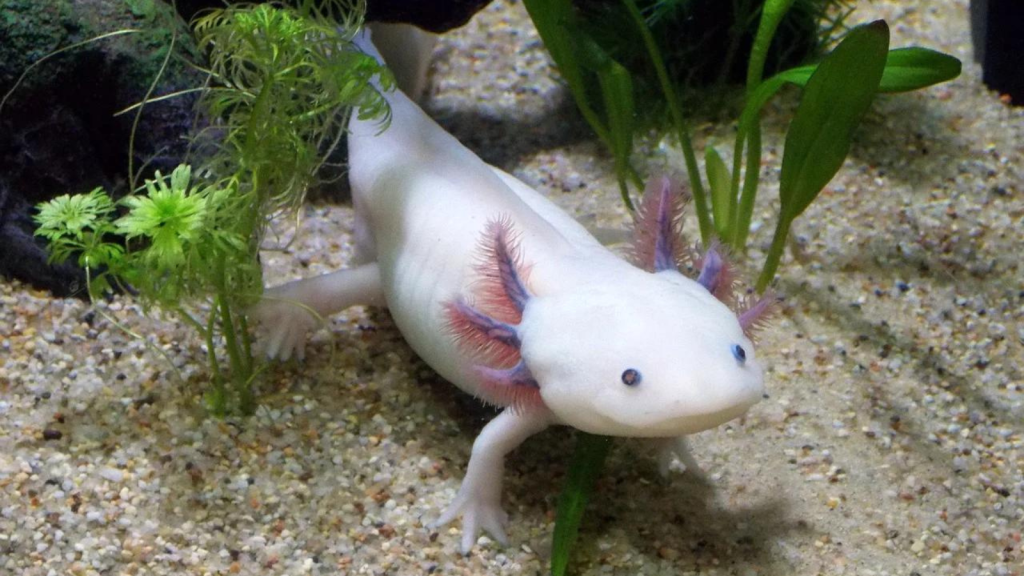
Often called the “walking fish,” the axolotl is neither a fish nor does it walk. This salamander species is known for its ability to regenerate lost body parts, including its brain. With its perpetual smile and frilly external gills, the axolotl looks like a cheerful cartoon character come to life. Unlike most salamanders, axolotls keep their juvenile features throughout their lives, a phenomenon known as neoteny.
Fossa
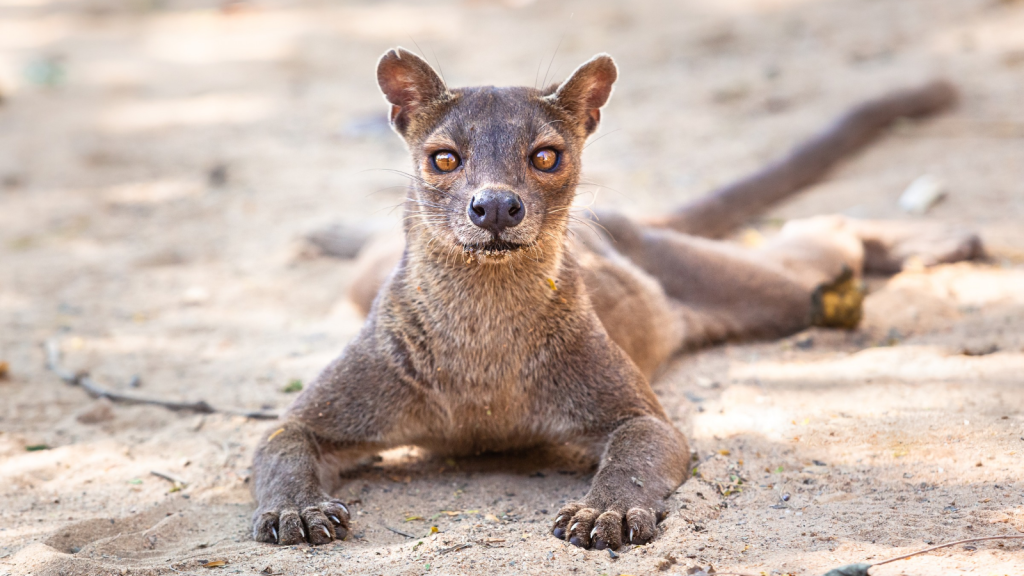
The fossa might look like a cross between a cat and a mongoose, but it’s actually related to neither. This carnivorous mammal is native to Madagascar and is the island’s largest predator. With its long tail and agile body, the fossa is an expert tree-climber and hunter. Fossas have retractable claws and flexible ankles that allow them to climb up and down trees headfirst, making them formidable hunters in Madagascar’s forests.
Glaucus Atlanticus
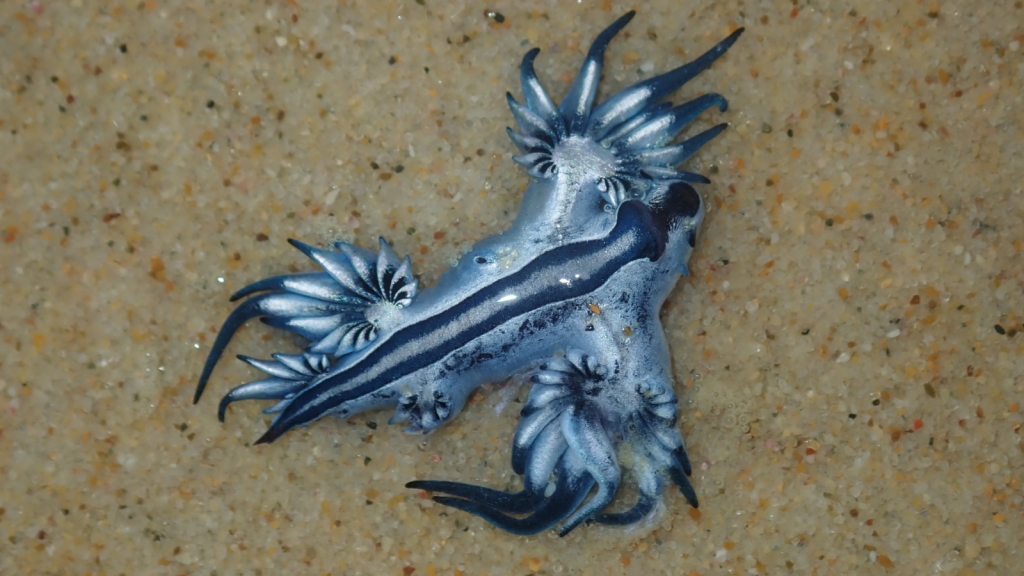
Also known as the blue sea slug or blue dragon, this tiny sea creature looks like a living gemstone. Despite its small size (usually less than 3 cm), it packs a powerful sting. The glaucus atlanticus floats upside down on the ocean’s surface, using the water’s surface tension to stay afloat. It feeds on other venomous sea creatures like Portuguese man-o-war, storing their stinging cells for its own use.
Saiga Antelope
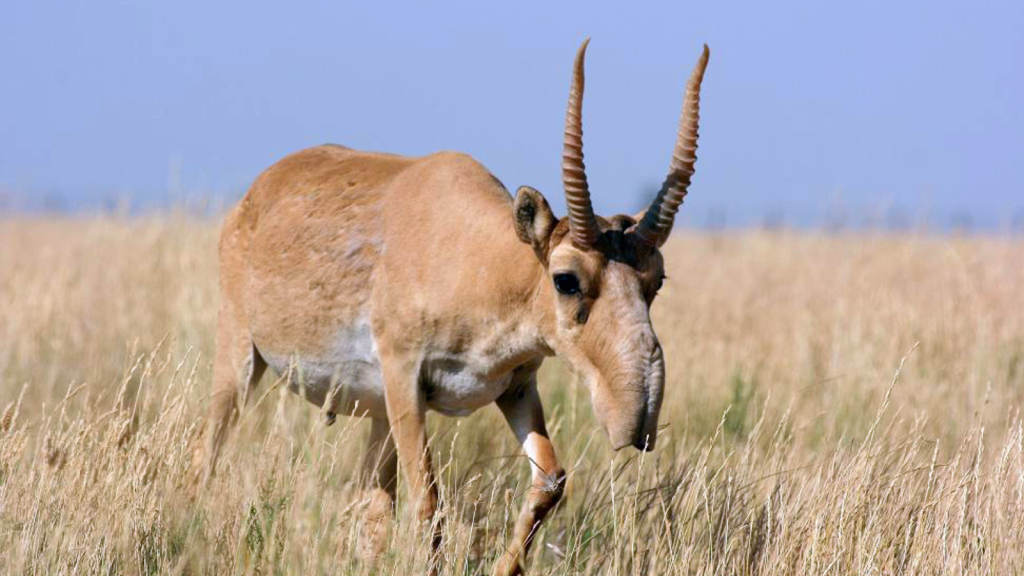
With its bulbous, trunk-like nose, the saiga antelope looks like it belongs in a Star Wars cantina. This critically endangered species roams the grasslands of Central Asia. Its unusual nose helps filter out dust in its dry habitat and warms the air before it reaches the lungs in cold weather. Saiga antelopes can run at speeds up to 80 km/h, making them one of the fastest animals in their ecosystem.
Red-Lipped Batfish
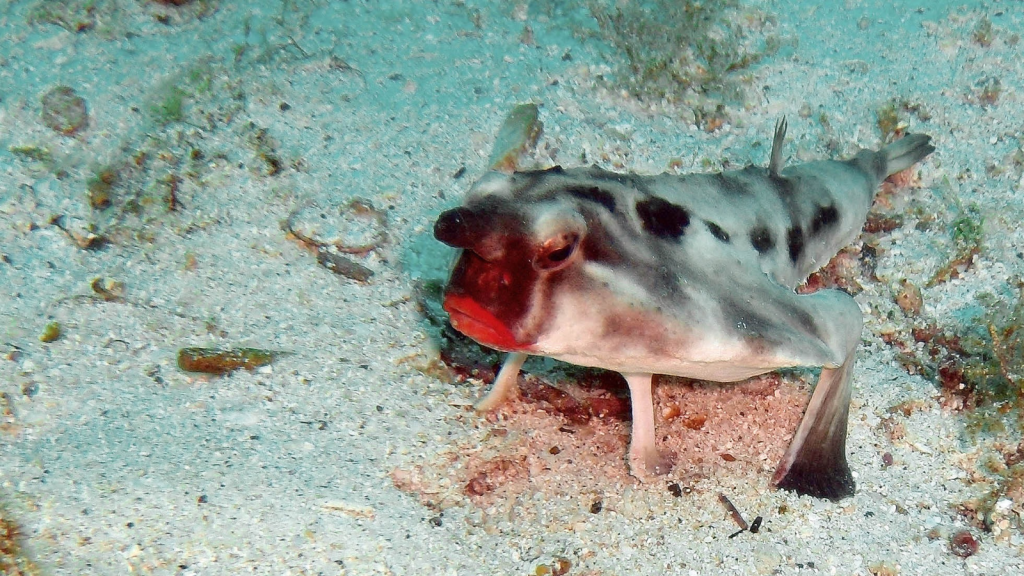
This peculiar fish looks like it’s wearing bright red lipstick. Found near the Galapagos Islands, the red-lipped batfish is a poor swimmer and uses its fins to “walk” along the ocean floor. Its bright red lips might play a role in attracting mates or prey. The batfish has a structure on its head called an illicium, which it uses as a lure to attract small fish and crustaceans.
Mantis Shrimp
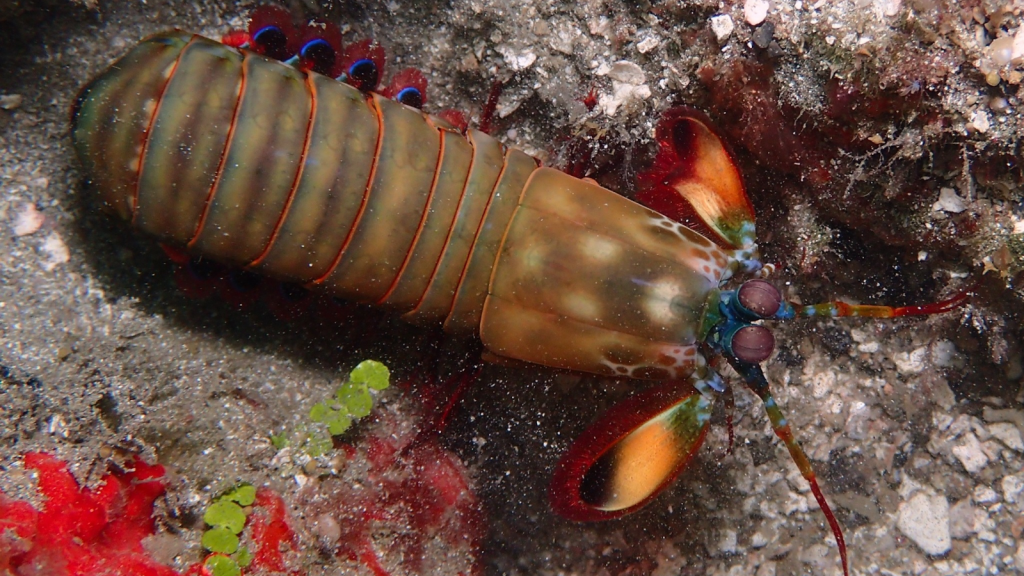
Don’t let its name fool you – the mantis shrimp is neither a mantis nor a shrimp. These colourful crustaceans have the most complex eyes in the animal kingdom, able to see a spectrum of light invisible to humans. They also possess one of the fastest and most powerful strikes in nature. Some species of mantis shrimp can accelerate their striking appendages with the same velocity as a gunshot from a twenty-two caliber rifle.
Dumbo Octopus
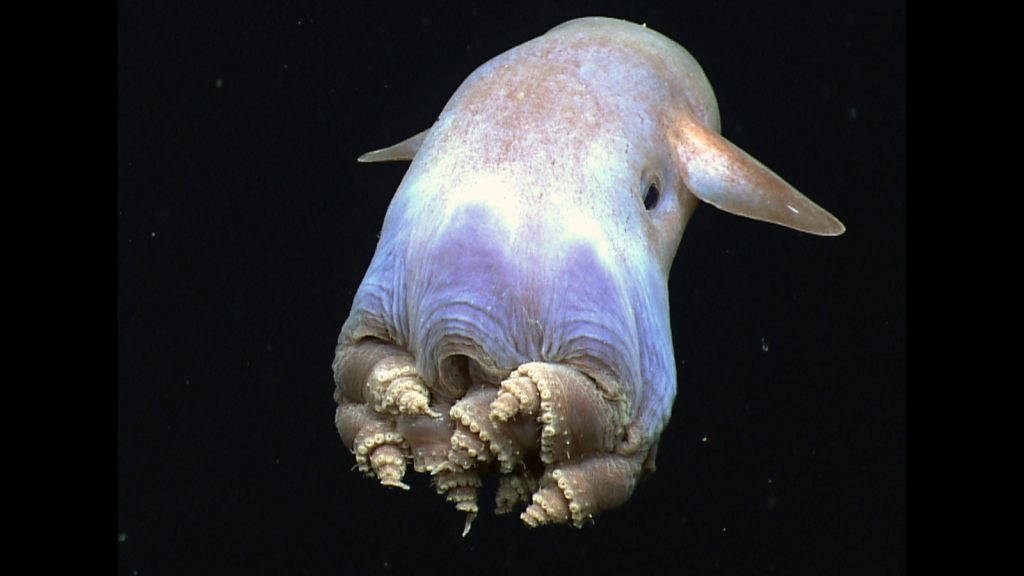
Named after the Disney elephant, the dumbo octopus has two ear-like fins that resemble Dumbo’s ears. These deep-sea dwellers are the cutest octopuses you’ll ever see. They’re also the deepest-living of all known octopuses, found at depths of at least 4,000 metres. Unlike other octopuses, dumbo octopuses don’t have ink sacs as they have few predators in their deep-sea habitat.
Pangolin
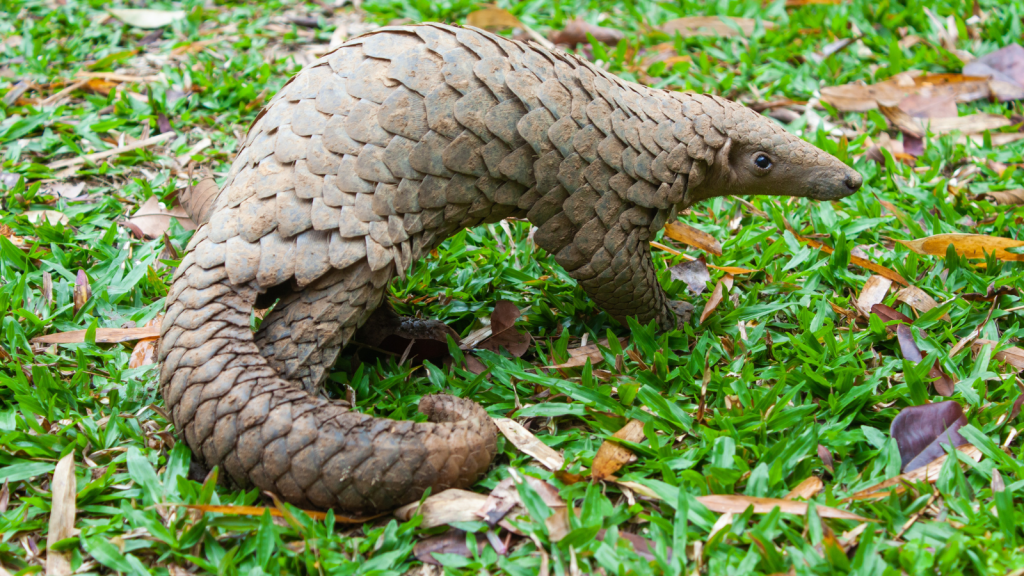
Often described as a walking pinecone, the pangolin is covered in keratin scales that protect it from predators. When threatened, it rolls into a tight ball. Sadly, this unique mammal is heavily trafficked for its scales and meat, making it one of the most endangered animals in the world. A pangolin’s tongue can be longer than its body and is attached near its pelvis and last pair of ribs, rather than in its mouth like most mammals.
Venezuelan Poodle Moth
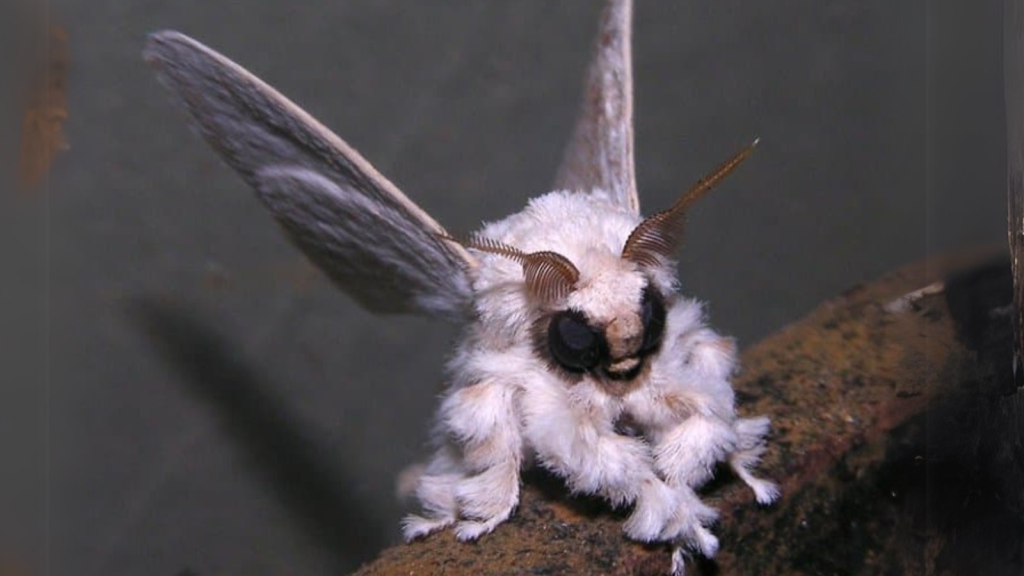
This fluffy moth looks like a cross between a poodle and a fairy. Discovered in 2009, little is known about this mysterious insect. Its fuzzy antenna and furry white body make it look more like a stuffed toy than a real creature. The poodle moth’s unique appearance is thought to help it blend in with lichens and fungi in its forest habitat.
Gharial
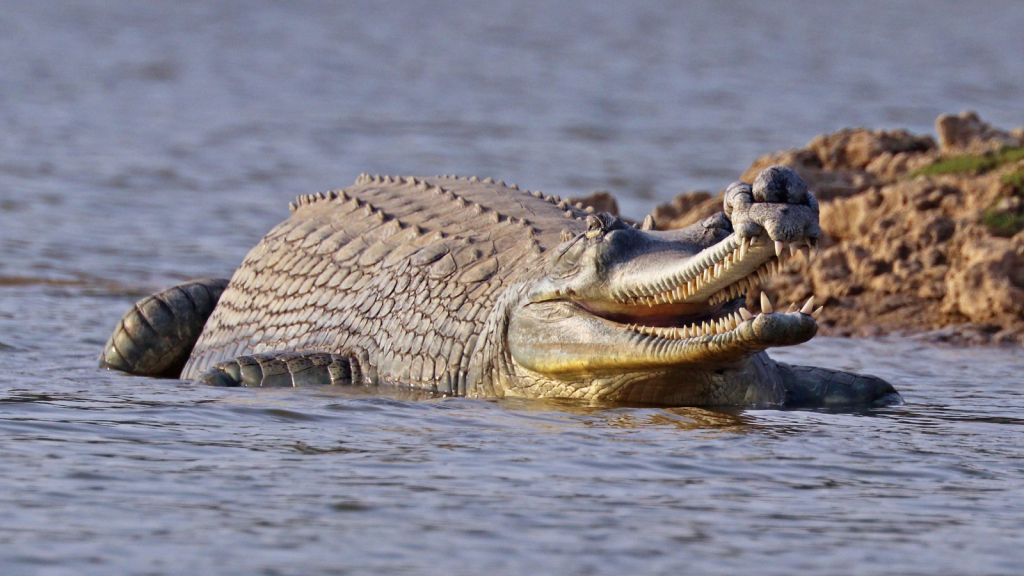
With its long, narrow snout filled with interlocking teeth, the gharial looks like a living fossil. This critically endangered crocodilian is native to the Indian subcontinent. The male gharial has a bulbous growth on the tip of its snout, which it uses to make buzzing sounds during mating season. Gharials are excellent swimmers but are clumsy on land, moving on their bellies like seals.
Aye-Aye
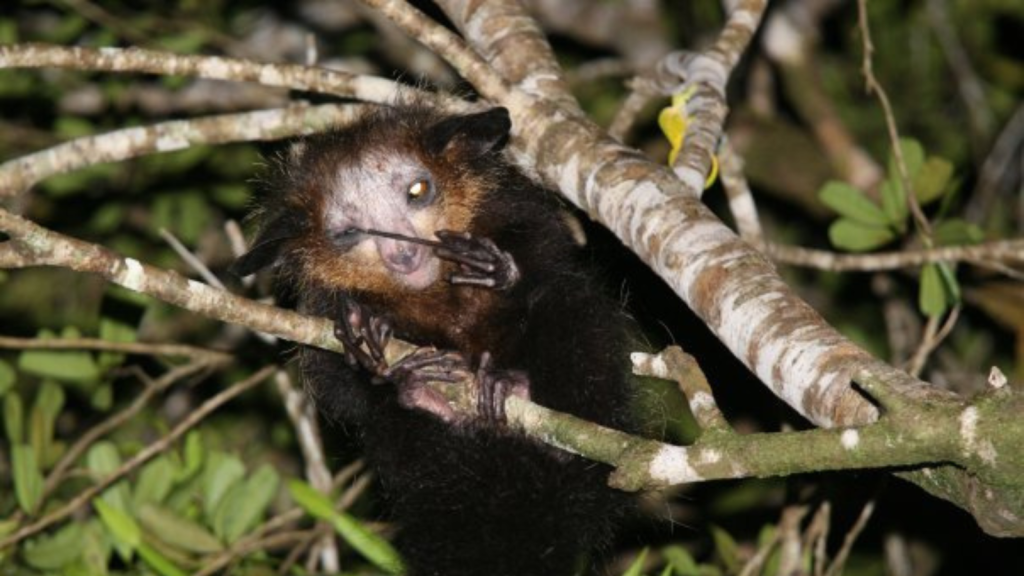
The aye-aye is a nocturnal lemur that looks like it was designed by Tim Burton. With its bat-like ears, rodent-like teeth, and an extra-long middle finger, this Madagascar native is truly one-of-a-kind. It uses its long finger to tap on trees and listen for grubs, which it then extracts and eats. The aye-aye is the world’s largest nocturnal primate and has continuously growing incisors, a feature otherwise found only in rodents.
Blob Fish
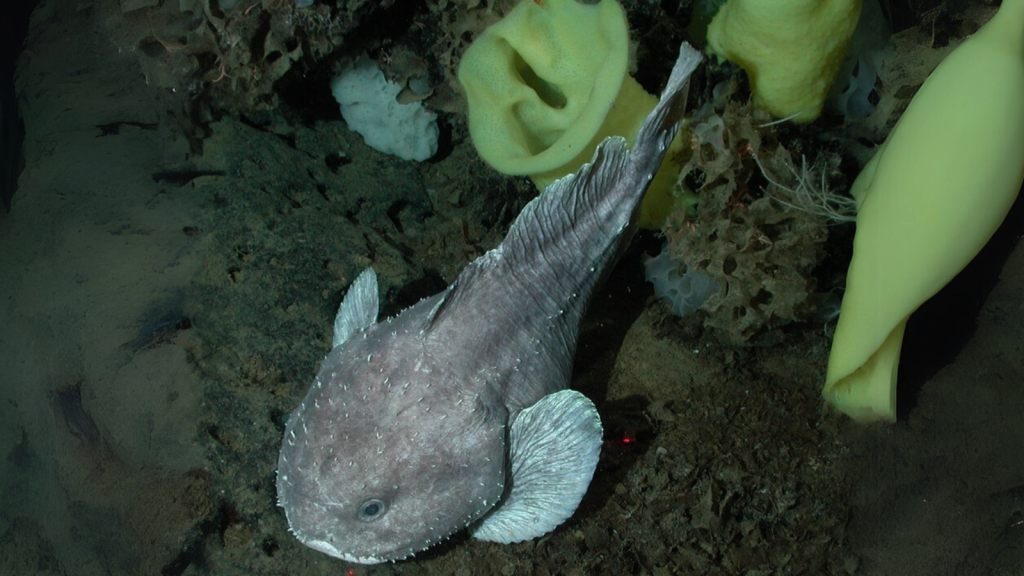
The blob fish gained internet fame for being voted the world’s ugliest animal. However, its droopy, sad-looking face is actually a result of decompression damage when it’s brought up from its deep-sea habitat. In its natural environment, it looks much more like a typical fish. Blob fish have very little muscle mass and primarily consist of a gelatinous substance that allows them to float above the sea floor without expending much energy.
Tardigrade
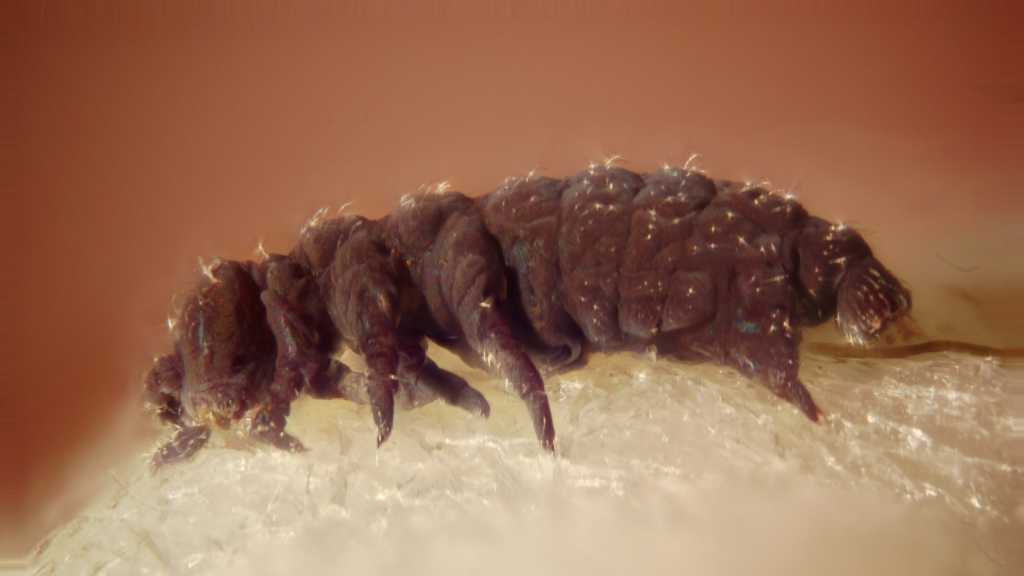
Also known as water bears or moss piglets, tardigrades are microscopic animals that look like eight-legged gummy bears. These tiny creatures are incredibly resilient, able to survive extreme conditions including the vacuum of space. They can be found in various environments worldwide. Tardigrades can enter a state of cryptobiosis, where they expel almost all water from their bodies and lower their metabolic rate to less than 0.01% of normal, allowing them to survive extreme conditions for years.
Pink Fairy Armadillo
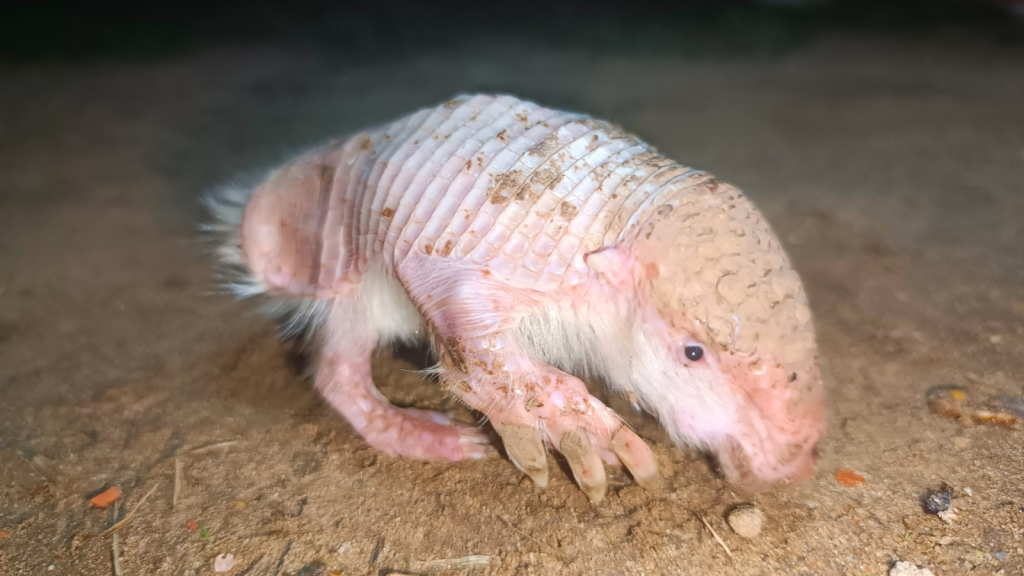
The smallest species of armadillo, the pink fairy armadillo looks like a miniature armoured guinea pig. Native to central Argentina, this nocturnal creature spends most of its time underground. Its pink colour comes from blood vessels showing through its thin shell. Unlike other armadillos, the pink fairy armadillo’s shell is attached to its spine by a thin membrane, allowing it to curl into a ball for protection.
10 Desert Predators With Unique Hunting Adaptations

The harsh desert environment has shaped some of the most remarkable hunters on Earth. These animals have evolved incredible ways to survive and thrive in a world of extreme heat and scarcity. From silent stalkers to venomous ambush experts, desert predators are masters of adaptation. Their hunting techniques are as varied as they are fascinating, each perfectly suited to the challenges of their arid homes. Join us as we explore ten of these amazing creatures and the special tricks they use to catch their prey.
Read More: 10 Desert Predators With Unique Hunting Adaptations
15 Facts About the Honey Badger, the Fiercest Animal in Africa

The honey badger, a small but mighty creature, roams the African wilderness with a fearless attitude that’s earned it quite a reputation. These tenacious animals have captured the imagination of wildlife enthusiasts and casual observers alike. Despite their name, honey badgers aren’t closely related to European badgers and are more akin to weasels and otters. Their tough-as-nails approach to life and remarkable abilities have made them the stuff of legend. Let’s explore some fascinating facts about these extraordinary creatures that prove why they’re considered Africa’s fiercest animals.
Read More: 15 Facts About the Honey Badger, the Fiercest Animal in Africa
Becky is a fervent wildlife enthusiast and pet care expert with a diploma in canine nutrition. Her love for animals stretches beyond the domestic, embracing the wild tapestry of global fauna. With over a decade of experience in animal welfare, Becky lends her expertise to OutlandishOwl through insightful articles, captivating wildlife information, and invaluable guidance on pet nutrition. Her work embodies a deep commitment to understanding the intricate lives of animals and a passion for educating others on sustaining natural habitats. Becky's hands-on conservation efforts and her knack for translating complex dietary science into practical pet feeding tips make her an indispensable voice for creatures great and small.

